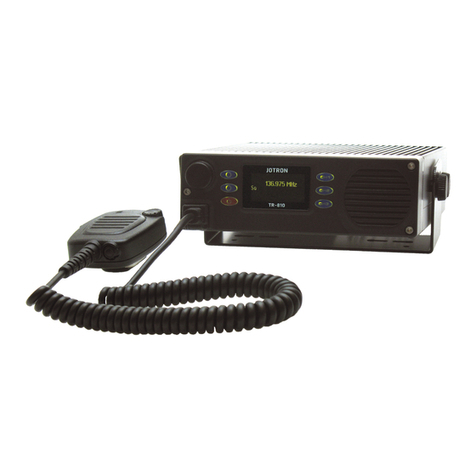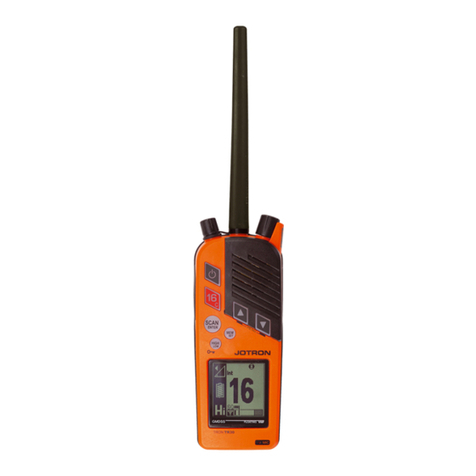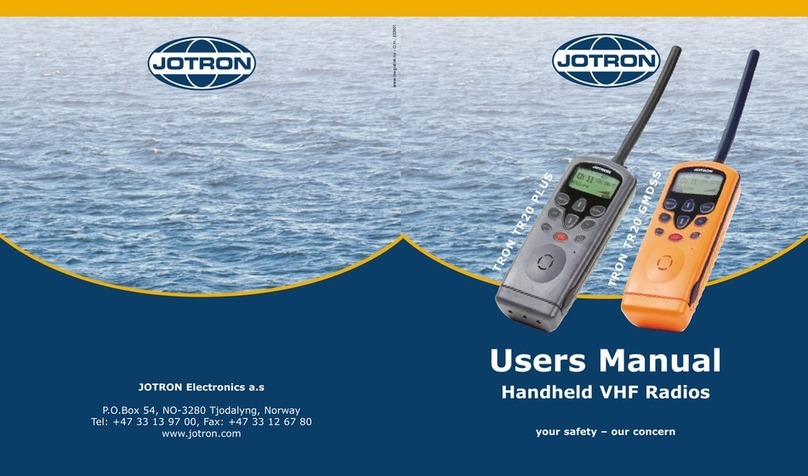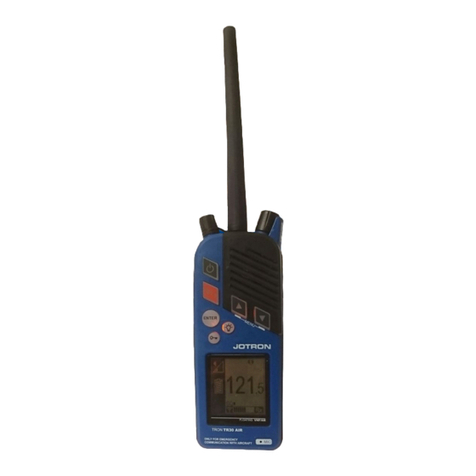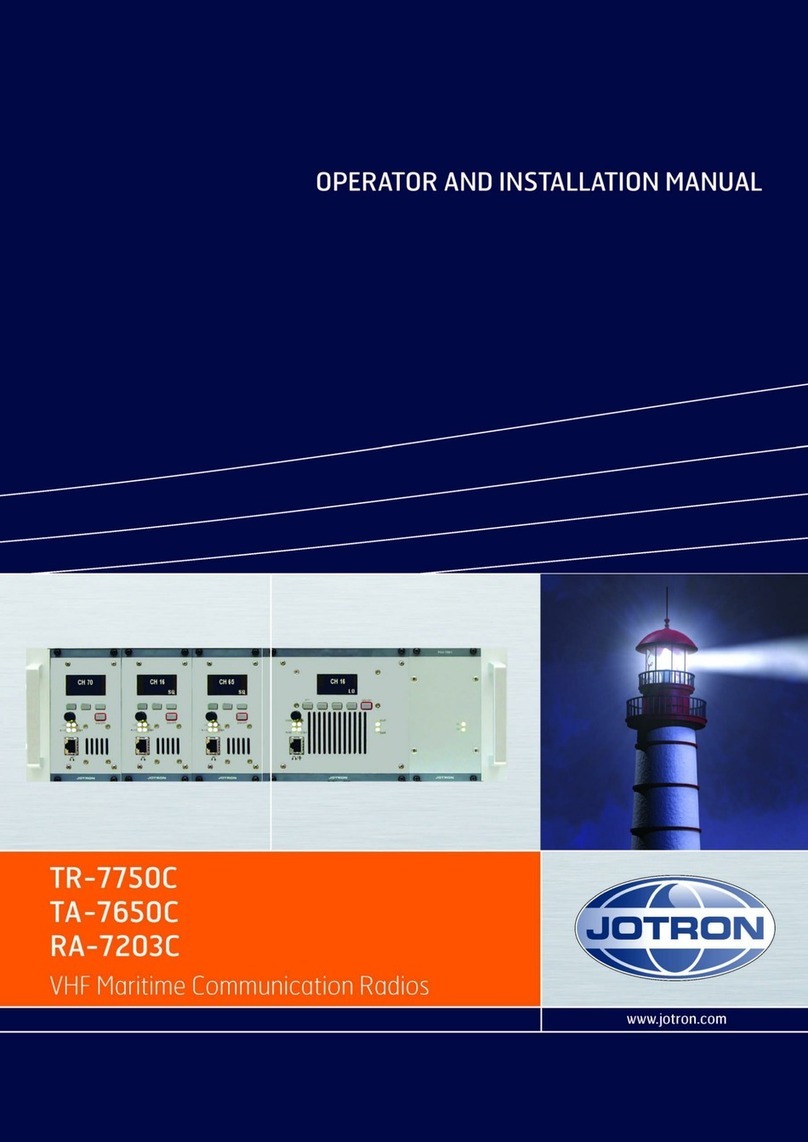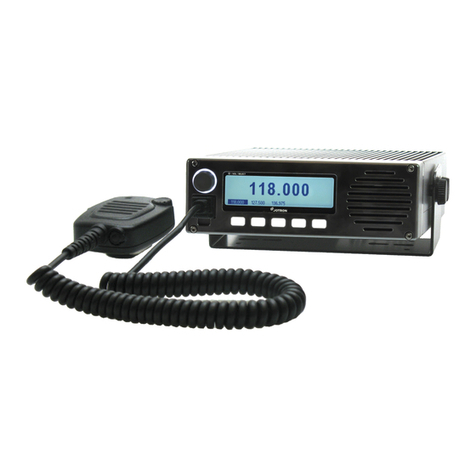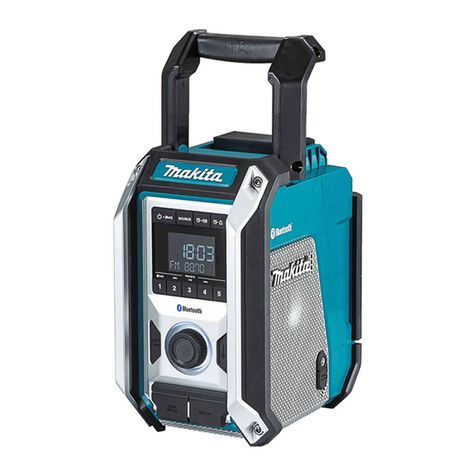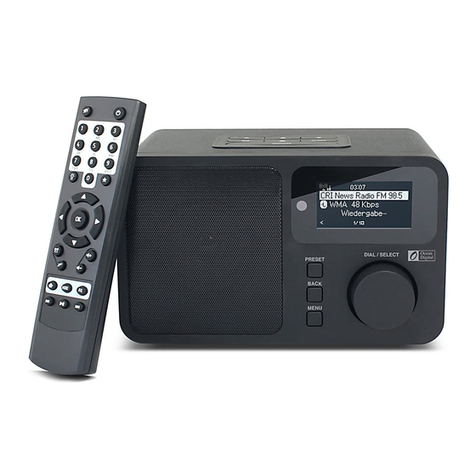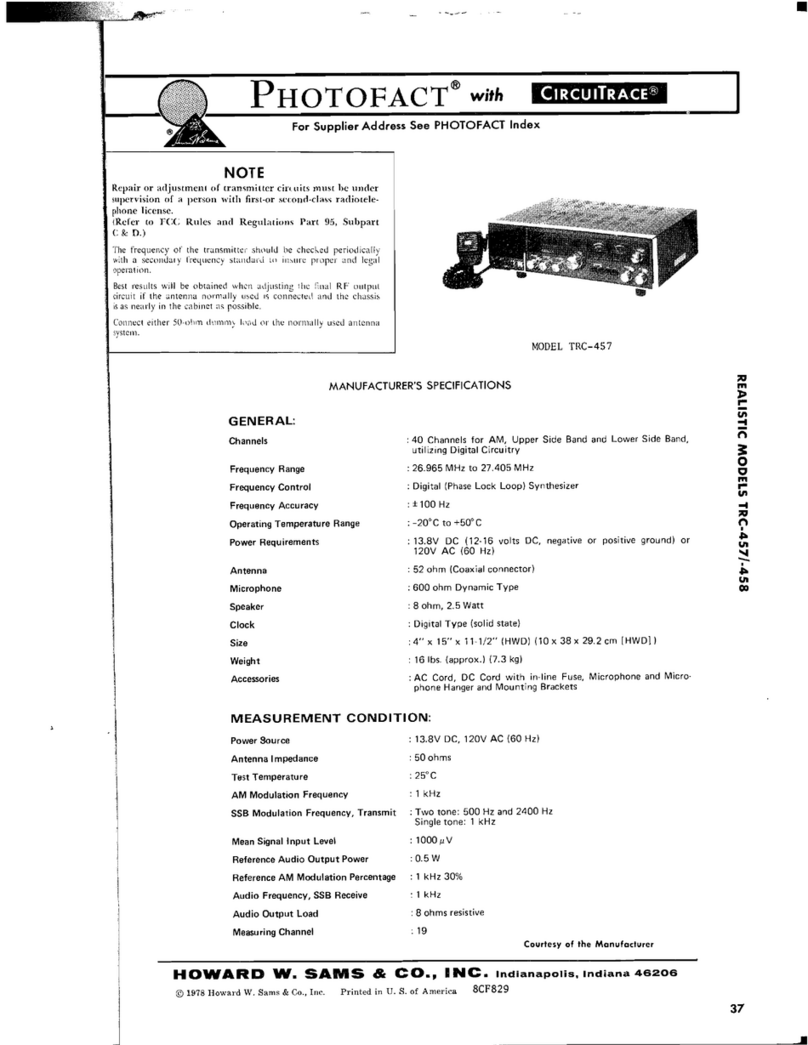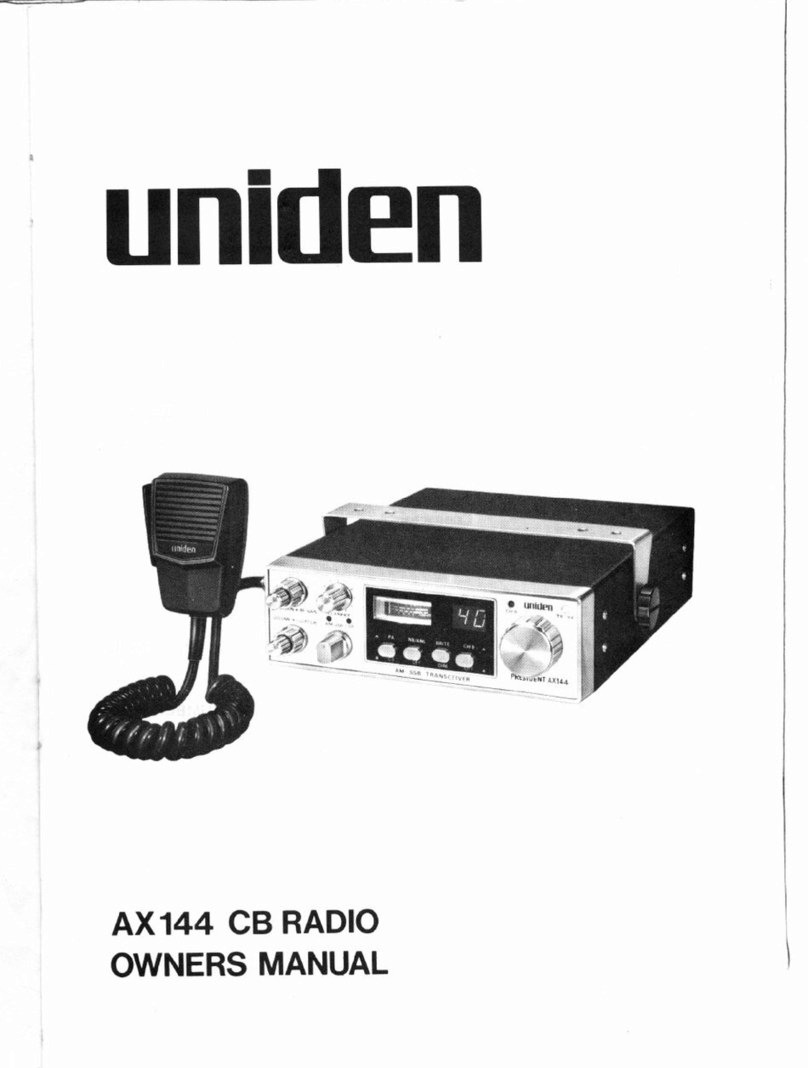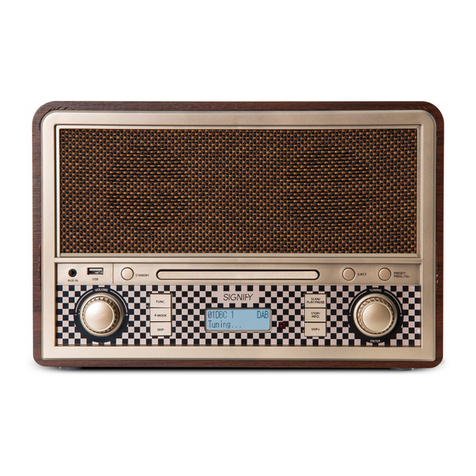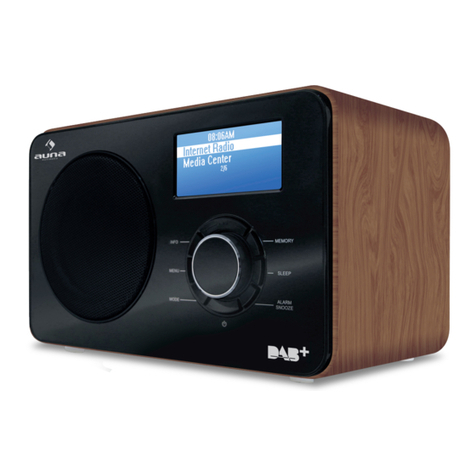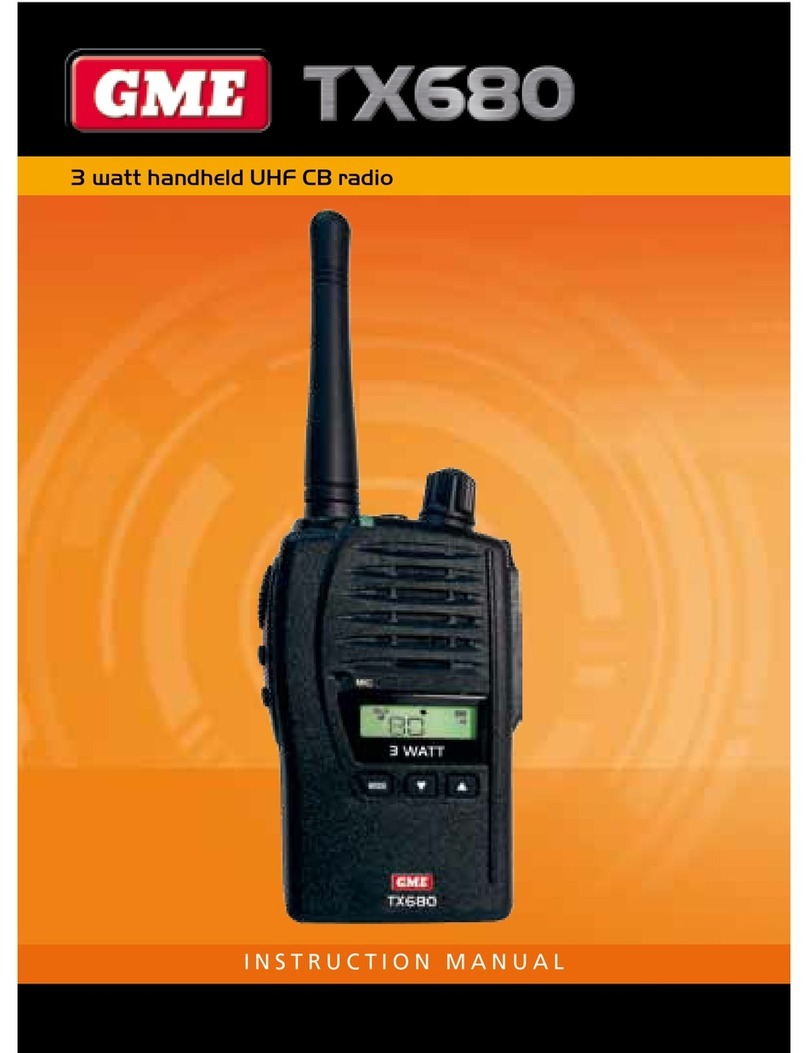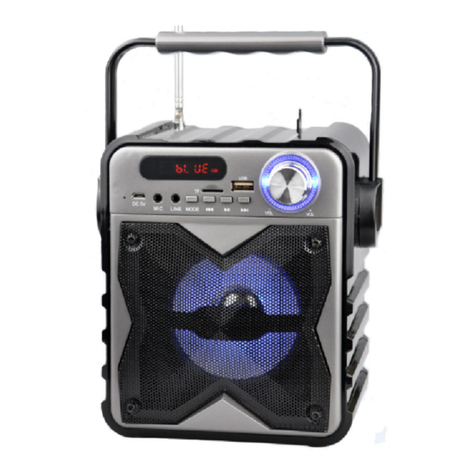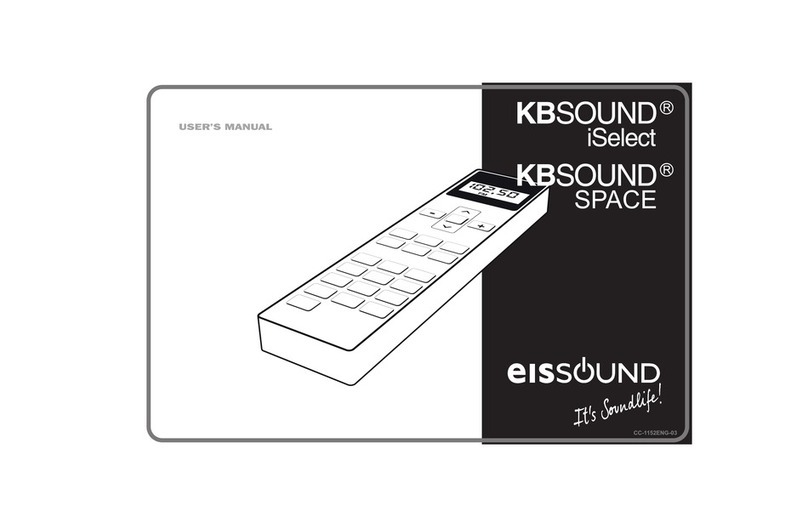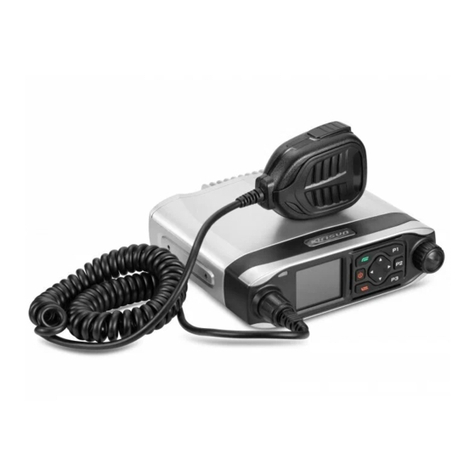
4INSTALLATION .............................................................................................27
5OPERATING INSTRUCTIONS.....................................................................28
5.1 CONFIGURING THE TR20................................................................................28
5.2 MENU FLOWCHART........................................................................................29
5.2.1 Standard screen ....................................................................................30
5.2.2 Key Lock..............................................................................................31
5.3 FUNCTION KEYS..............................................................................................31
5.4 CHANNEL 16...................................................................................................33
5.5 MAIN MENU....................................................................................................34
5.5.1 Contrast................................................................................................35
5.5.2 Single / DW / TW ................................................................................35
5.5.3 Key tone...............................................................................................39
5.5.4 Info.......................................................................................................39
5.5.5 Battery selection...................................................................................40
5.5.6 Select different channel sets.................................................................40
6MAINTENANCE AND TROUBLESHOOTING..........................................41
6.1 HOW TO TAKE CARE OF YOUR TR20...............................................................41
6.2 REGULAR TEST PROCEDURE............................................................................42
6.3 CLEANING OF DIRT AND OIL............................................................................43
6.4 SERVICE AND WARRANTY..............................................................................43
6.5 GUIDE TO TROUBLESHOOTING........................................................................44
7MARITIME VHF CHANNELS......................................................................46
